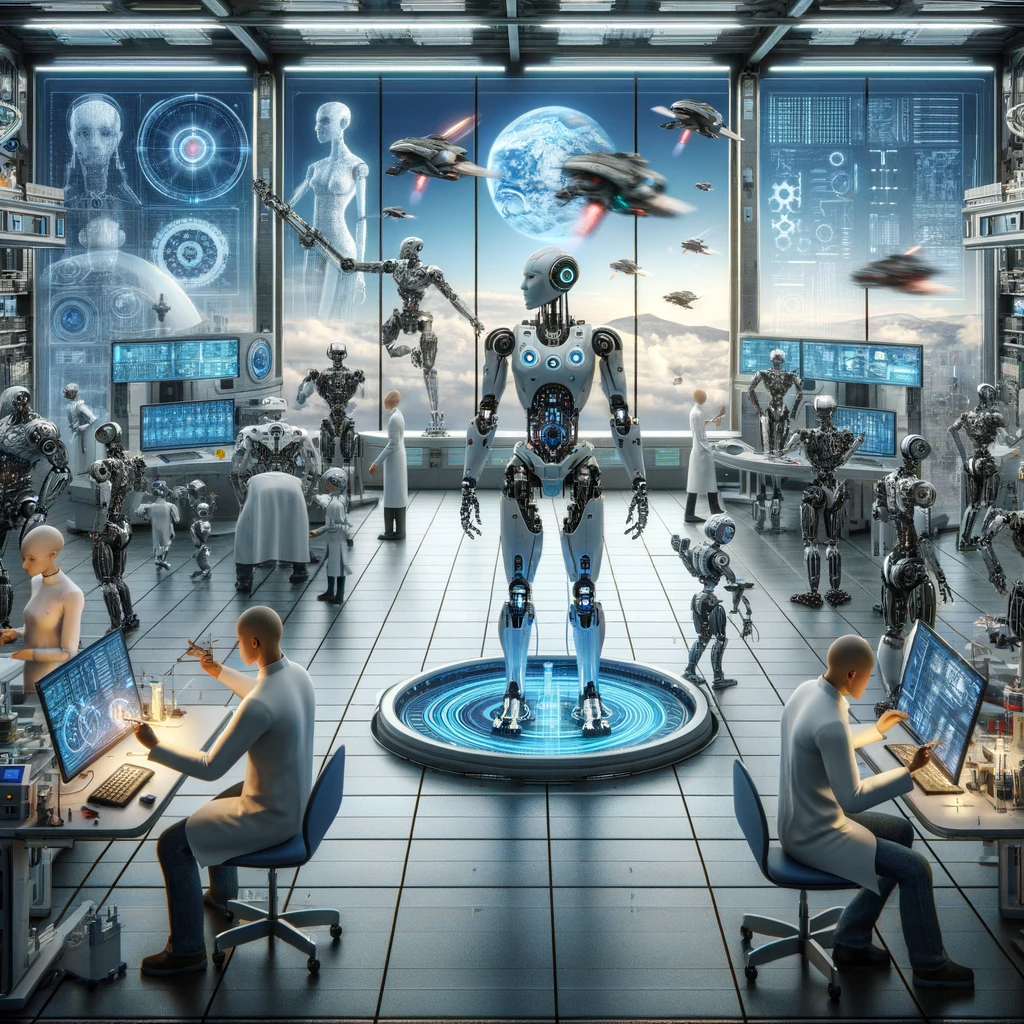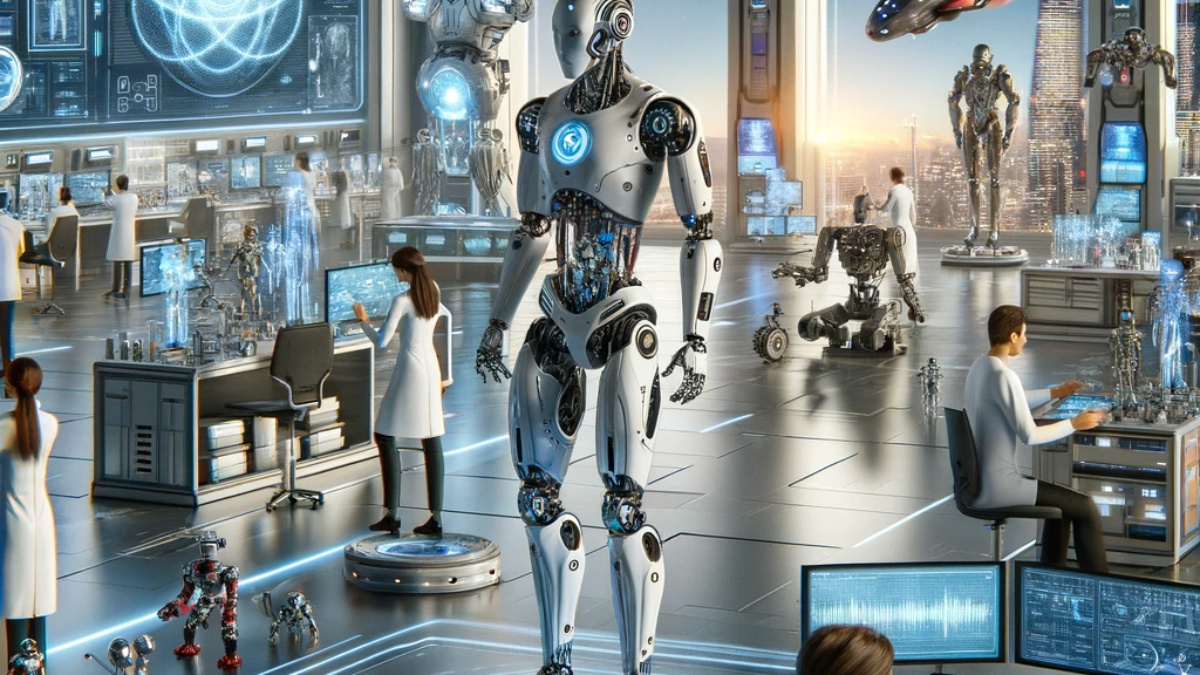Introduction
Robotics engineering is a multidisciplinary field that combines computer science, mechanical engineering, and electrical engineering. It is primarily concerned with the creation, development, and functioning of robots. This captivating field has the potential to completely transform various sectors, ranging from manufacturing to healthcare, while also offering distinct problems and prospects. This article aims to examine the extensive potential of robotics engineering, including its various uses, benefits and drawbacks, constraints, and future prospects.
Table of Contents
Possibilities in Robotics Engineering
Robotics engineering offers myriad possibilities:
- Automation of Repetitive Tasks: Robots are ideal for performing repetitive, monotonous tasks in industrial settings, increasing efficiency and productivity.
- Hazardous Environment Exploration: Robots can operate in hazardous environments like deep-sea exploration, space missions, and disaster zones, where human presence is risky or impossible.
- Medical Innovations: Robotics has immense potential in healthcare, from performing precise surgeries to aiding in rehabilitation and elderly care.
- Human Augmentation: Exoskeletons and prosthetics are great examples of how robotics can augment human capabilities, especially for people with disabilities.

Applications of Robotics Engineering
- Manufacturing: Industrial robots have revolutionized assembly lines, offering precision and efficiency in tasks like welding, painting, and packing.
- Healthcare: Surgical robots, like the da Vinci Surgical System, allow surgeons to perform complex procedures with more precision and less invasiveness.
- Agriculture: Agricultural robots assist in tasks like harvesting, weed control, and monitoring crop health, optimizing agricultural productivity.
- Service Industry: From robotic waiters to customer service bots, robotics is enhancing the service industry by improving customer interaction and service delivery.
Advantages and Disadvantages:
- Increased Efficiency: Robots can work tirelessly, leading to increased productivity.
- Precision and Accuracy: Robots offer unparalleled precision in tasks like surgeries and manufacturing.
- Safety: Robots reduce human exposure to hazardous environments.
Disadvantages:
- High Initial Investment: The development and implementation of robotics technology can be costly.
- Job Displacement: Automation may lead to job losses in certain sectors.
- Technical Limitations: Current robotics technology still faces limitations in areas like decision-making and mobility.
Limitations and Challenges
- Sensory Limitations: Robots still struggle with tasks requiring complex sensory interpretations, like distinguishing between similar objects.
- Autonomy: Achieving full autonomy in unpredictable environments remains a challenge.
- Power and Energy: Long-term energy sources for sustained operations are still a developmental area.
Future Scope
The future of robotics engineering is bright and filled with potential:
- AI Integration: Further integration with AI could lead to smarter, more autonomous robots.
- Collaborative Robots: Development of robots that can safely and effectively work alongside humans.
- Nano-Robotics: Expansion into nano-robotics could revolutionize fields like medicine and materials science.
Conclusion
Robotics engineering is a dynamic field poised to transform our world. While it presents challenges, its potential in enhancing efficiency, safety, and innovation cannot be overstated. As we look to the future, the continued evolution of robotics promises even more groundbreaking applications and solutions to complex problems.

Add a Comment